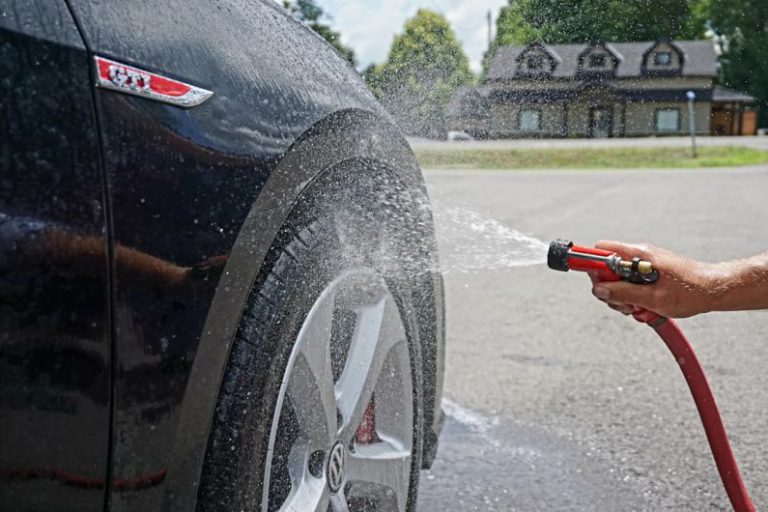The Importance of Regular Inspections for Retreaded Tires
Retreaded tires offer a cost-effective and eco-friendly alternative to purchasing brand new tires. However, to ensure their safety and longevity, regular inspections are crucial. Neglecting to inspect retreaded tires can lead to potential risks on the road. In this article, we will delve into the importance of regular inspections for retreaded tires and why they should not be overlooked.
**Understanding Retreaded Tires**
Before delving into the significance of inspections, it is important to understand what retreaded tires are. Retreading is a process where worn tire treads are replaced with new rubber to extend the life of the tire. This process helps reduce waste and is a more sustainable option compared to constantly buying new tires. Retreaded tires are commonly used in commercial vehicles like trucks and buses.
**Safety First**
Safety should always be the top priority when it comes to vehicles, and tires play a crucial role in ensuring safe travel. Regular inspections of retreaded tires help identify any signs of wear and tear that could potentially lead to tire failure. By catching these issues early on, drivers can prevent dangerous blowouts or flats on the road, which can be catastrophic, especially at high speeds.
**Enhanced Performance**
Proper tire maintenance, including regular inspections, can significantly impact the performance of retreaded tires. Inspections allow for the detection of uneven wear, alignment issues, or other factors that may affect the tire’s performance. Addressing these issues promptly can help optimize the tire’s performance and ensure a smoother driving experience.
**Cost-Effectiveness**
One of the primary reasons why retreaded tires are favored by many is their cost-effectiveness. Regular inspections play a vital role in prolonging the lifespan of retreaded tires. By identifying and addressing potential problems early on, drivers can avoid costly repairs or replacements down the line. Investing a little time and effort in regular inspections can save significant expenses in the long run.
**Environmental Impact**
In addition to being a budget-friendly option, retreaded tires also have a positive impact on the environment. By extending the life of tires through retreading, fewer tires end up in landfills, reducing the overall carbon footprint. Regular inspections ensure that retreaded tires stay in optimal condition, maximizing their lifespan and minimizing waste.
**Compliance with Regulations**
For commercial vehicles, compliance with regulations regarding tire safety is essential. Regular inspections of retreaded tires help ensure that vehicles meet the required safety standards set by regulatory bodies. Failing to comply with these regulations can result in fines, penalties, or even the suspension of operating licenses. By staying proactive with inspections, drivers and fleet managers can maintain compliance and avoid legal issues.
**Maintaining a Good Reputation**
For businesses operating commercial vehicles, maintaining a good reputation is crucial. A vehicle breakdown due to tire issues can result in delays, dissatisfied customers, and damage to the company’s image. Regular inspections of retreaded tires demonstrate a commitment to safety and reliability, helping businesses uphold their reputation and build trust with clients.
**Conclusion: Ensuring Roadworthiness**
Regular inspections for retreaded tires are not just a recommended practice; they are essential for ensuring the roadworthiness of vehicles. By prioritizing safety, performance, cost-effectiveness, environmental impact, compliance with regulations, and reputation, drivers and businesses can reap the benefits of using retreaded tires while minimizing risks. Incorporating thorough inspections into routine maintenance schedules is a proactive approach that can enhance safety and efficiency on the road. Remember, a small investment in inspections today can prevent major headaches tomorrow.






